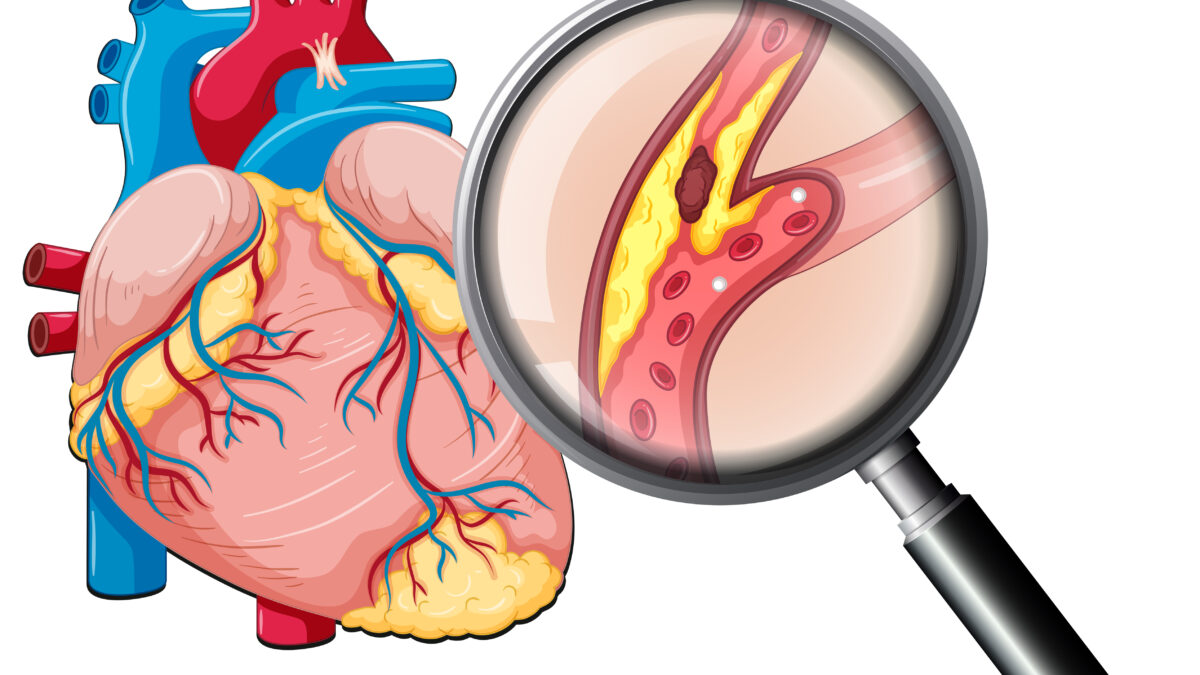- Immediate contact :
- +1-323-988-5889
- info@sonosif.com

Hypertrophic pyloric stenosis
May 24, 2021
Ultrasound-guided Subgluteal Sciatic Nerve Block (SNB)
May 25, 2021Arteriosclerosis is a potentially serious condition where arteries become clogged with fatty substances called plaques, or atheroma. It does not tend to have any symptoms at first and many people may be unaware they have it, but it can eventually cause life-threatening problems, such as heart attacks and strokes if it gets worse.
Intimal thickening, plaque formation, plaque neovascularization, and the expression of cell adhesion molecules and pro-thrombotic factors are all potential targets for imaging of atherosclerosis with ultrasound.
Which ultrasound scanner is the best for the atherosclerotic assessment?
Using non-invasive 3.5 to 10 MHz convex probe is suitable for superficial arteries. Thus, our medical Research and Development team highly recommends the Double Head Ultrasound Probe CLCD to our cardiologist clients, which it helps locating arteries deeper in the body such as coronary arteries.
Indeed, Built-up atherosclerotic lesions can be visualized with anatomical Doppler or B-mode ultrasound imaging.
It can be visualized on B-mode as projections of the intima-media and the number of visualized plaques, as well as add up to plaque zone or add up to plaque volume, which was reported to be an autonomous indicator of future cardiovascular mortality and coronary occasions.
Ultrasound CLCD has Convex probe that is used for in-depth examinations, this helps in the carotid applications, in which common carotid artery as well as the inner and outside carotid artery can be imaged.
By placing the transducer within the longitudinal direction of the artery; the carotid wall as well as the inevitably present intimal thickening or plaque can be evaluated.
Ultrasonography may provide critical information on intima-media width, lumen diameter, cross-sectional intima-media region, and plaque presence in superficial expansive arteries.
References: Atherosclerosis, Atherosclerosis (Arteriosclerosis),
Disclaimer: Although the information we provide is used by different doctors and medical staff to perform their procedures and clinical applications, the information contained in this article is for consideration only. SONOSIF is not responsible neither for the misuse of the device nor for the wrong or random generalizability of the device in all clinical applications or procedures mentioned in our articles. Users must have the proper training and skills to perform the procedure with each ultrasound scanner device.
The products mentioned in this article are only for sale to medical staff (doctors, nurses, certified practitioners, etc.) or to private users assisted by or under the supervision of a medical professional.





